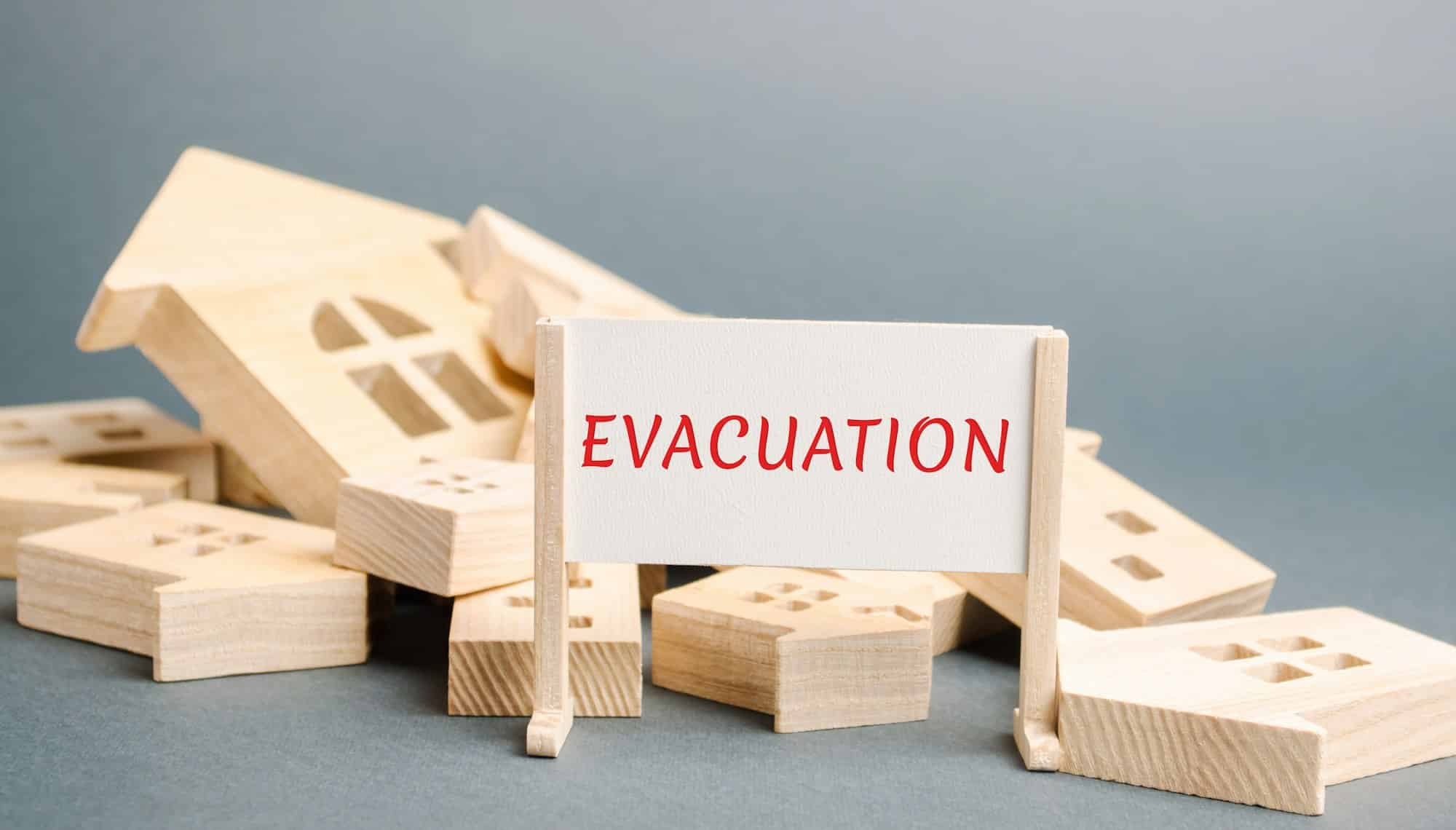How to Organize a Pet Emergency Evacuation Plan for Multi-Story Buildings?

When disaster strikes, our first instinct is to ensure the safety of our loved ones. But, what about our pets? We often forget that our animals too need a thorough emergency plan. In multi-story buildings, this planning becomes all the more crucial. Let’s dive deeper into the steps you need to take to ensure the safety of your pets in the event of a disaster.
Step 1: Gather Information
Before you start drafting your pet emergency evacuation plan, you should gather all necessary information. Understanding the types of disasters that can affect your community will inform your plan. These might include fires, floods, earthquakes, or severe storms. For each type of disaster, consider how you will evacuate your pet.
Sujet a lire : What Are the Ideal Water Parameters for Keeping Discus Fish Thriving?
Your pet’s size, breed, and health status will also factor into your plan. For instance, an older or disabled pet may require a pet carrier, while smaller pets might be safely transported in a backpack.
Lastly, remember to consider any legal or management regulations regarding animals in your building.
A lire aussi : How to Create a Daily Enrichment Schedule for a Pet Serval in Captivity?
Step 2: Prepare a Pet Emergency Kit
An emergency kit is a vital component of any preparedness plan. For your pet, it should include food, water, and necessary medications for at least three days. Include a leash, harness, or carrier for safe transportation. You should also pack a first-aid kit and a copy of your pet’s medical records. Photos of your pet can also be useful in case they get lost during the evacuation.
Remember to check your kit regularly and replace items as necessary.
Step 3: Train Your Pet
Training your pet to respond to emergencies can be a lifesaver. Teach them to come when called, and to remain calm in a carrier or on a leash.
In addition, training can help your pets recognize and respond to emergency signals, such as smoke alarms. If possible, conduct drills with your pet so they can become accustomed to the sounds and procedures of an evacuation.
Step 4: Identify Safe Spaces
In a disaster, you might not be able to evacuate immediately. Identify safe spaces in your home where you can shelter with your pet. These spaces should be away from windows and potential falling objects.
For multi-story buildings, consider how you will safely transport your pet down stairs or in an elevator.
Step 5: Communicate Your Plan
Informing your neighbors and building management about your pet evacuation plan can be beneficial.
In case you’re not home during an emergency, give a trusted person a spare key and let them know where your pet emergency kit is. Make sure they are comfortable handling your pet and know your evacuation plan.
By implementing these steps, you can ensure that your pets are ready and safe when disaster strikes. Planning for emergencies is not just about protecting ourselves, but also about safeguarding our entire community, including our pets.
Step 6: Seek Expert Advice
Having a well-drafted evacuation plan is vital, but it’s also essential to get professional advice. Consult with emergency management professionals to understand the nuances that you might have overlooked. These professionals can make your plan foolproof by adding details specific to the kinds of disasters common in your area.
For instance, if your area is prone to flooding, they would know the best methods to evacuate pets in such a situation. Similarly, they can advise on how to handle pets during earthquakes, fires, or other disasters. They can also enlighten you about the emergency response services available in your area.
If your pet has any specific needs due to its breed or health condition, consult your vet. They can provide special assistance or advice on how to care for your pet during an emergency. Your vet may also suggest modifications to your pet’s emergency kit based on their specific needs.
Additionally, consider joining local disaster preparedness groups or forums. Here, you can get advice from other pet owners who might have faced similar situations.
Remember, emergency preparedness is a community effort. Everyone, from experienced emergency managers to fellow pet owners, can provide valuable insights to ensure the safety of your pets.
Step 7: Regularly Review and Update Your Plan
Your pet’s emergency evacuation plan shouldn’t be a one-time affair. It needs constant reviewing and updating to keep up with the changing circumstances. For instance, as your pet grows older, their mobility and health might change, and so should your evacuation strategies.
Regular drills are crucial to ensure that all household members are well-versed with the plan. These drills also give you a chance to observe your pet’s behavior during mock evacuations and make necessary adjustments to the plan.
It’s critical to remember that the goal of an emergency plan is long-term safety. This means even after a disaster, you must have measures in place to ensure your pet’s wellbeing. For instance, if your home is inhabitable after a disaster, identify temporary housing options where your pet is also welcome.
You also need to update your pet emergency kit regularly, checking for expired food, water, and medicines. Keep a note of any changes in your pet’s health and update their medical records accordingly.
In essence, emergency planning for pets is a continuous process that requires constant attention and action from pet owners.
Conclusion
When it comes to disaster preparedness, there is no room for complacency. Whether it’s a multi-story building or a single-story home, pets are an integral part of our families and their safety should never be compromised. From gathering necessary information to having a well-thought-out emergency plan, every step counts in ensuring the safety of our pets.
Frequent training, regular updates, and professional advice can ensure your plan’s effectiveness. Having a well-equipped pet emergency kit is a crucial part of this process. Remember, it’s not enough to just have a plan – everyone in the household should be familiar with the plan and ready to act when the time comes.
In this uncertain world, one thing must remain certain – our commitment to ensure our pets’ safety. After all, they depend on us for their wellbeing. So, let’s make sure we’re always prepared to care for our animals during disasters and provide them the best possible protection.
